You can’t always rely on your brain to do all the math. That’s why MS Excel has been the most favorite all-in-one calculator for years. It’s perfect for business people, high schoolers, and anyone who needs to take care of a bunch of numbers at once. The best part? It is worldwide accepted to solve billions of digits in just a second. Wherever you go, the knowledge of it will serve you right.
What makes the work on Excel easy to do, is its formulas. All Excel formulas start with the equal mark, “=” and are followed by a text tag that specifies the formula you want Excel to do.
You can do calculations either as a format or as a formula in excel (❗spoiler alert: format-like formulas are fastest to the rescue❗)
There are 2 ways of performing calculations on MS Excel
- Formula – A formula is an expression that works with values in a range of cells or a single cell.
- Format – formats are predefined formulas in Excel. They can calculate long arrays of cells within a blink of an eye.
If you were thinking of taking your turn on Excel too, check out these 10 basic ms excel formulas.
MS Excel Formula #1: SUM Function
The SUM function is the first MS Excel formula that you should learn. This formula sums up values from a selection of columns or rows.
- The formula =SUM(value B2, value B3, etc.) adds up values of cell B2 and cell B3 only.
- The format =SUM(B2:B5) adds up values in cells B2 through B5.
MS Excel Formula #2: IF Function
Sometimes we want to find out the cells that contain specific values. IF function lets you know if a specific condition is met.
It allows you to enter a text value into the cell if something in your spreadsheet is true or false. For instance, =IF(A2=”Rahim”,”10″,”0″) would add 10 points to cell A2 if that cell contains the word “Rahim.”
- The format: IF(logical_test, value_if_true, value_if_false)
After pressing enter, we get the result shown below.
As A2 has ‘’Rahim’’ it added 10 on the C cell. As cells A3 to A5 do not have ‘’Rahim’’ they got 0.
এই কোর্সটি থেকে যা শিখবেন
Microsoft Excel Course
Also Read: How to Make Bar Charts and Graphs in Powerpoint for Data Visualization
MS Excel Formula #3: Subtraction Function
Percentage & Subtraction do not have their own formula in Excel. Still, anyone can perform this maths using both formula and format methods.
- The formula =SUM(A1, -A5) with a minus/hyphen sign before the cell whose value we are subtracting.
- The format = A2: -A5 without SUM and parenthesis. Press enter to generate the subtracted value.
MS Excel Formula #4: Average Function
The average function simply averages two or more data included in the parenthesis.
- The formula =AVERAGE(value1, [value2], …)
- The format =AVERAGE(Start Value: End Value)
MS Excel Formula #5: COUNT Function
A count function is a statistical tool in Excel. This function counts the number of cells containing a numerical value only. It can count the numbers in any specified array.
- The formula =COUNT(value1, value2….)
Count formula will not pick errors, empty string, date, time, non-numerical values, and logical values. This is why cells A4, A6, A8 will not be included in the COUNT function.
MS Excel Formula #6: COUNTA Function
COUNTA is similar to the COUNT function. However, it picks all the values including texts, empty string, date, time, non-numerical values, and logical values. It minimizes problems faced by the COUNT function taking all the rows and columns with all types of value into consideration.
- The formula =COUNTA(value1, value2….)
MS Excel Formula #7: MAX & MIN Functions
These 2 Functions find the highest and lowest value in the specified range.
- The Formulas =MIN(number1, [number2], …)
=MAX(number1, [number2], …)
MS Excel Formula #8: Multiplication Function
To perform the multiplication in a spreadsheet, enter the cells you want to multiply in the format =value1*value2. An asterisk is used in this formula to multiply a cell by another, not the ‘x’ multiply sign.
- the format =value1*value2.
Here, B1 is 4 and B3 is 8, the result of =B1*B3 is 32.
MS Excel Formula #9: Division Function
One of the most basic tasks you can do in Excel is division. To use the division function in the spreadsheet, insert =A1/B1 into the cells you desire to divide. To split a cell A by another, this formula contains a forward slash, “/.” if B1 is 4 and B8 is 8, the decimal value returned by =B8/B1 is 2.
- The formula =value1/value2
To do so, choose an empty cell, type an equals symbol, “=,” and then the two (or more) numbers you want to divide, separated with a forward slash, “/.”
MS Excel Formula #10: TRIM Function
The TRIM formula ensures that unruly spaces do not cause problems in your operations. It makes sure that there are no vacant spots.
TRIM only works on a single cell, unlike some other functions that can work on a group of cells. As a result, it has the drawback of duplicating data within your spreadsheet.
- The Formula =TRIM(A1)
জেনে নিন কিভাবে ২-৩ ঘণ্টার কাজ আধা ঘণ্টায় করা যায় MS Office দিয়ে!
Things to Keep in Mind
- If you’re providing a text value rather than a cell location, the textual value should be enclosed in an inverted comma (“,”)
- If a formula does not begin with an equal sign, an error will appear.
- Make sure that the cell format is correct before running the function. The formula will not function if the Text format is used.
- As space (_) is always counted as a single character, keep in mind that a cell with only space will not be counted as a blank cell.
কোর্সটি করে যা শিখবেন:
Microsoft Office 3 in 1 Bundle
আমাদের কোর্সগুলোতে ভর্তি হতে ক্লিক করুন:
- Microsoft Excel Course
- Microsoft Office 3 in 1 Bundle
- Microsoft Word Course by Sadman Sadik
- Microsoft PowerPoint Course by Sadman Sadik
১০ মিনিট স্কুলের ক্লাসগুলো অনুসরণ করতে ভিজিট করুন: www.10minuteschool.com
Visit 10 Minute School’s website www.10minuteschool.com


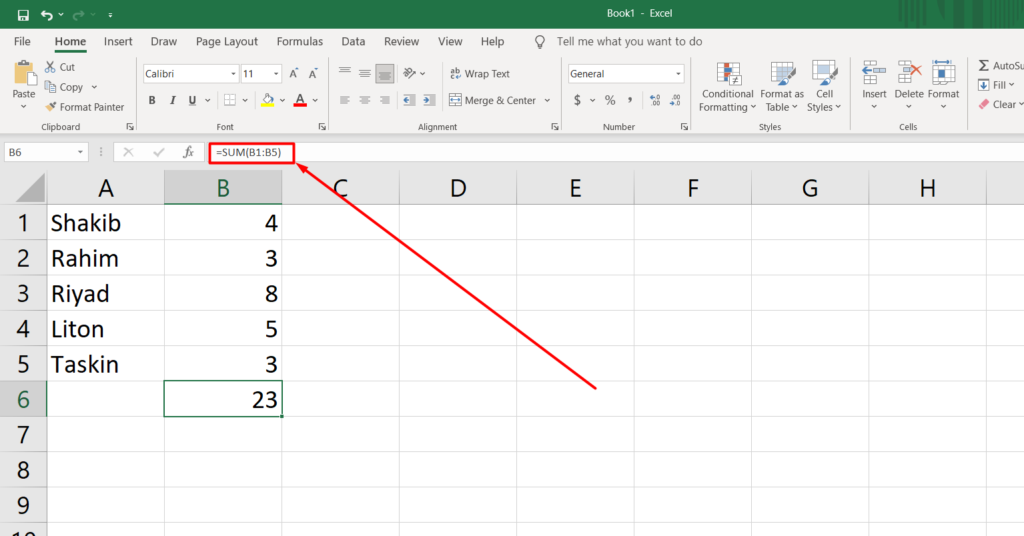
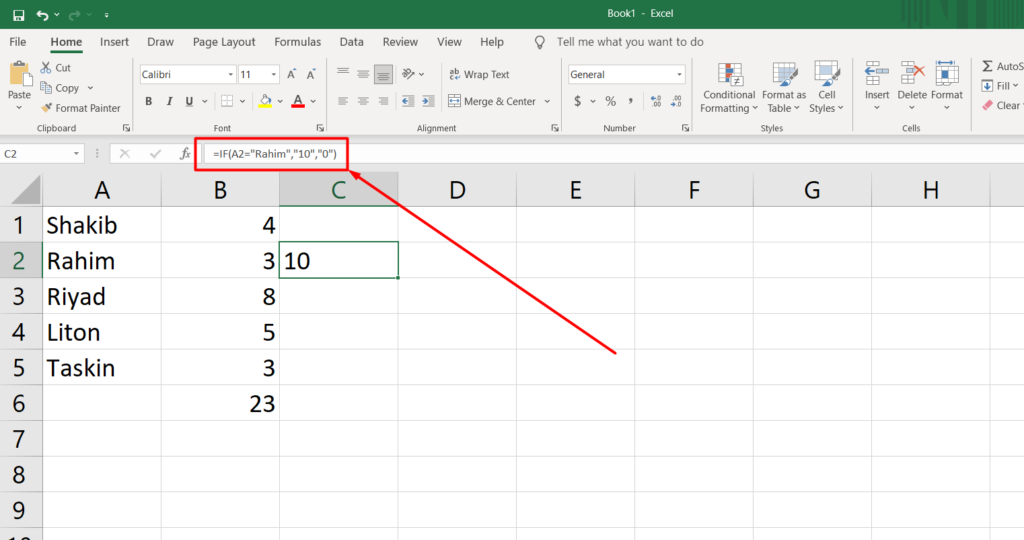
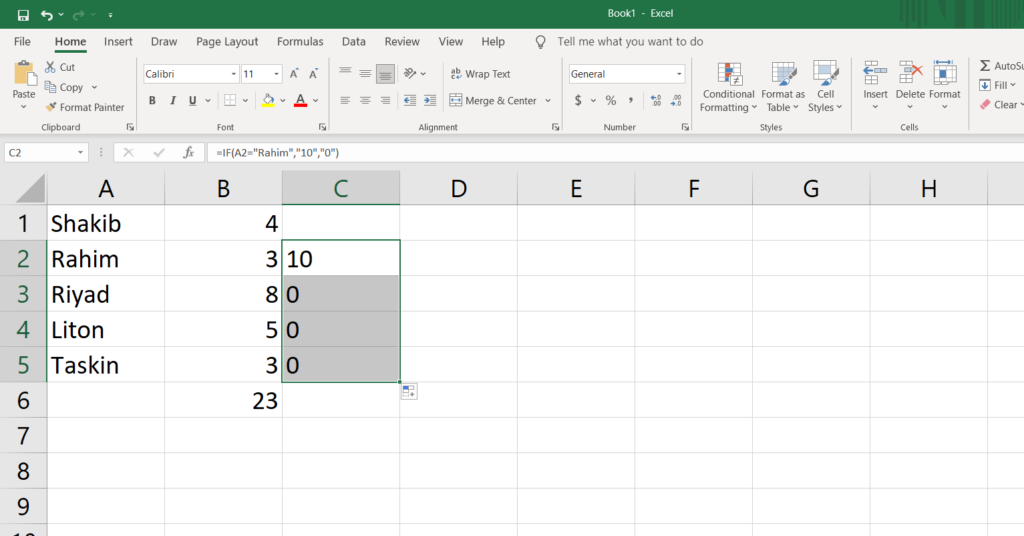

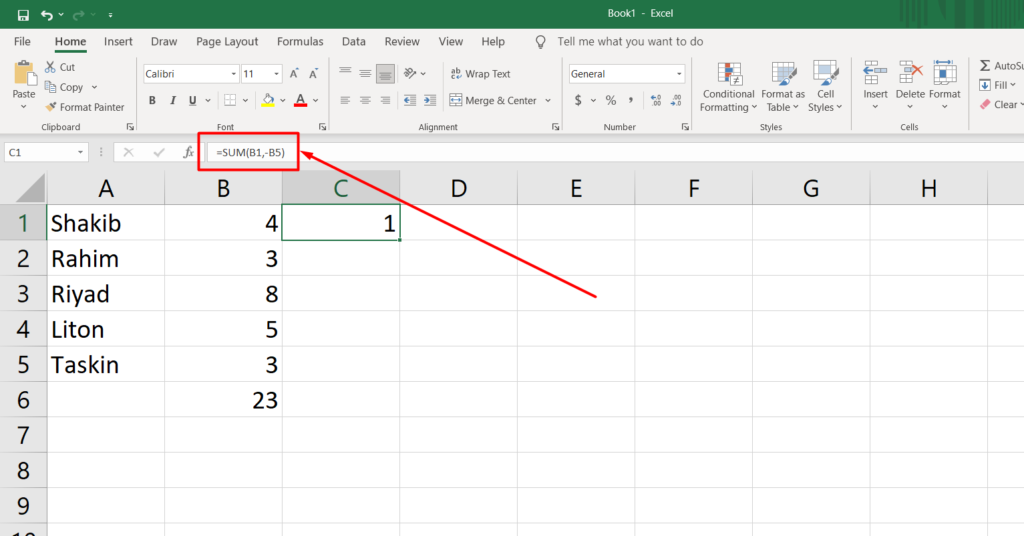
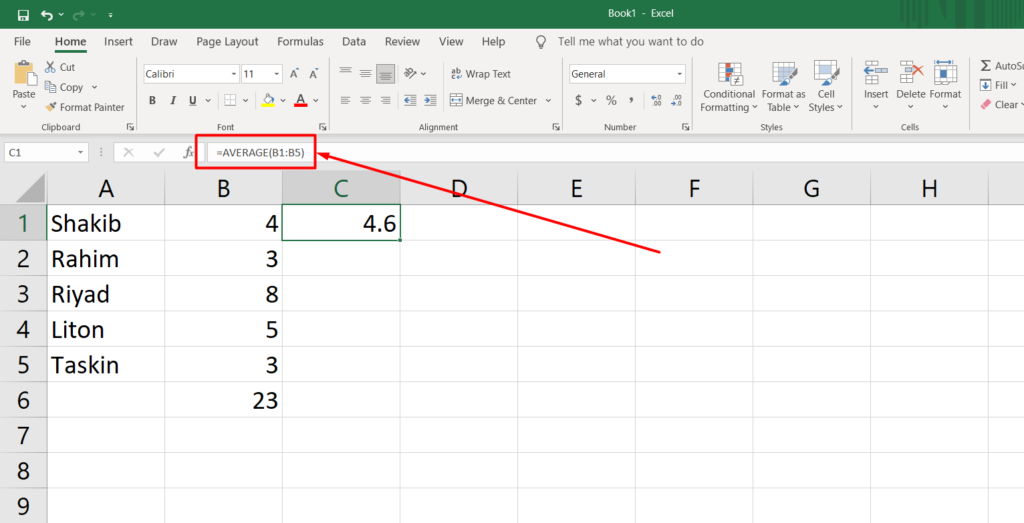
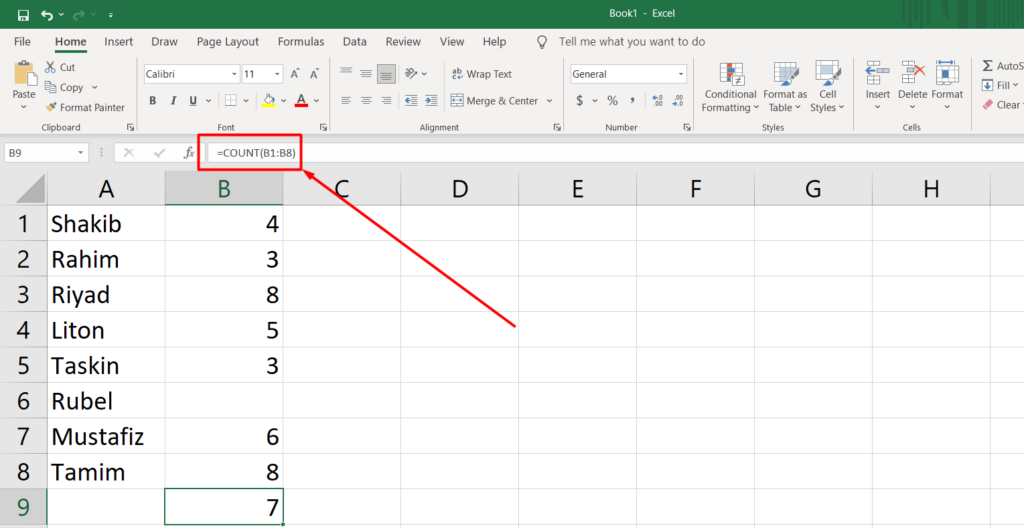
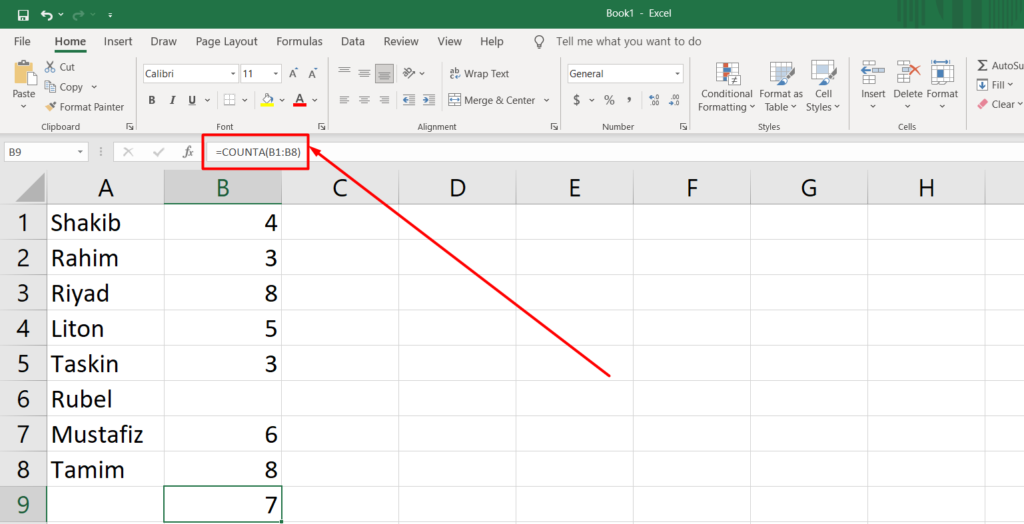
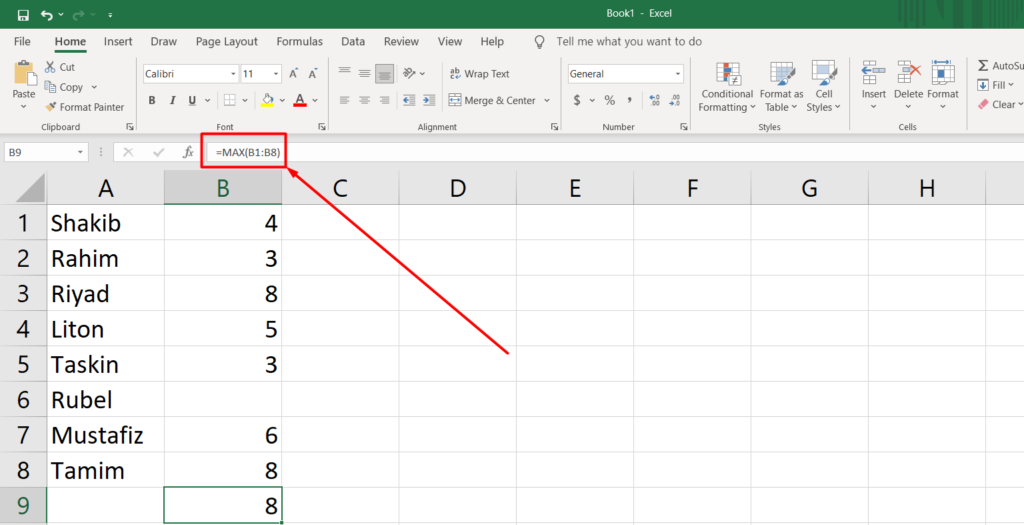
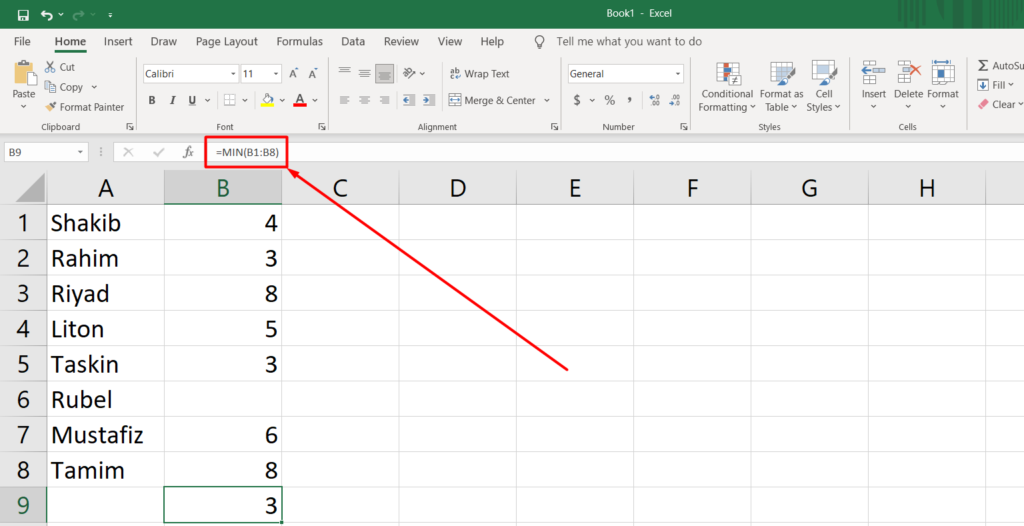
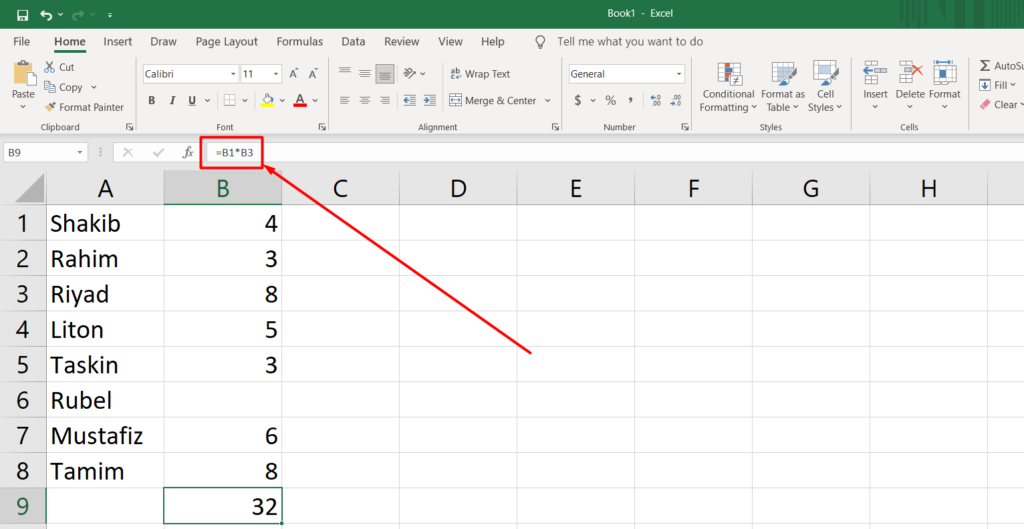
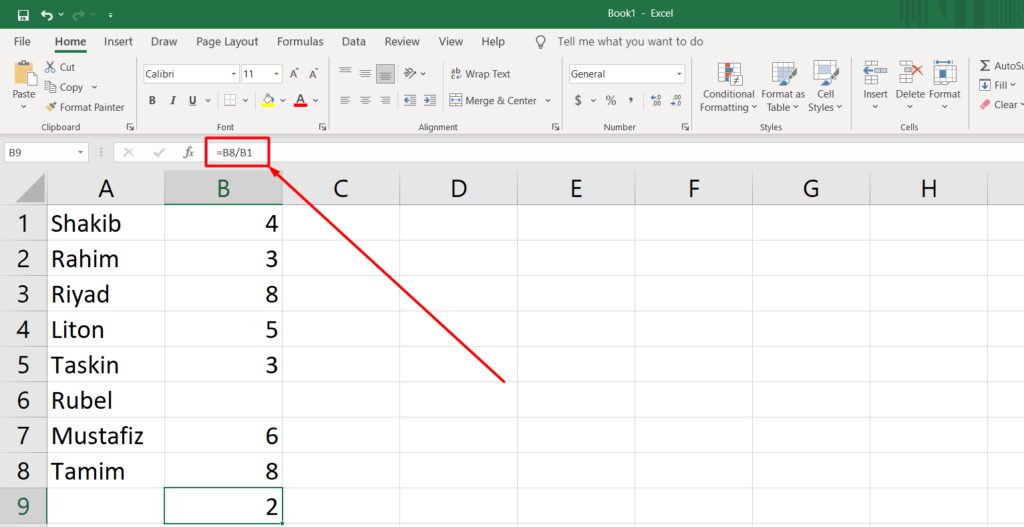
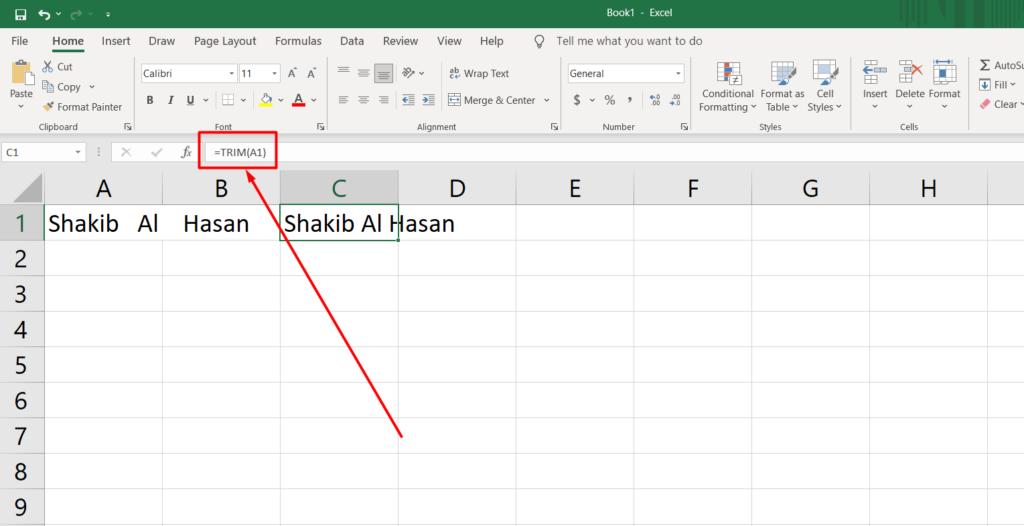



আপনার কমেন্ট লিখুন